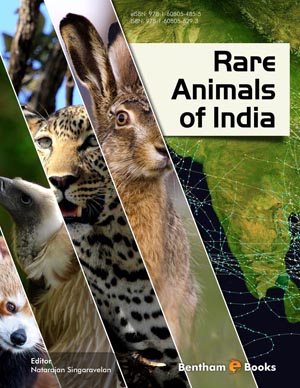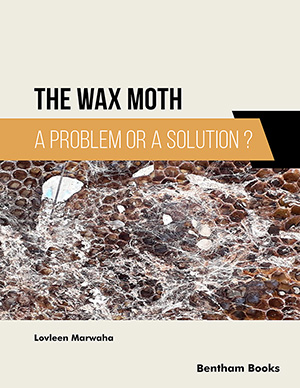Abstract
India lost millions of them, the loss is irreversible. Vultures, one of the most commonly sighted birds started disappearing from the Indian skies in mid 1990s at an alarming pace. Various reasons were attributed for their decline including destruction of habitat, unavailability of food, use of veterinary drugs such as diclofenac, environmental contaminations, secondary poisoning of vultures, exploitation and persecution, effects of modernization. Aviation authorities deliberately killed vultures to avoid aircraft mishaps. The most affected of all is Gyps species that have declined upto 95-99% in India. There are 22 species of vultures in the world, out of which India abodes 9 species of vultures. Right through the ancient times, vultures have been venerated as an incarnation of supremacy. The body structure of vulture is well customized to its feeding habits. Vultures are considered nature’s most efficient scavengers, perhaps the quickest, cheapest and easiest. This scavenger is the most “sterilized” of the birds of prey, internally as well as externally. Vultures provide the society with a number of ‘services’, most notably disposal of carrion. Such eco-services have a correlation with human health, economy and ecology. Banning of veterinary drugs and conducting of surveys and research work is a part of vulture conservation. For ensuring self-sustainability of these populations, the urgent need is to educate, inform and involve the localities and children in the awareness of the plight of rare and critically endangered species. The involvement of future generation will surely show positive results.
Keywords: Vultures, Gyps, scavenger, critically endangered, population, decline, habitat, environment, carrion, cattle, food shortage, diclofenac, vulture restaurant, cliffs, juveniles, bundelkhand region, communities, conservation, awareness, monitor.






















